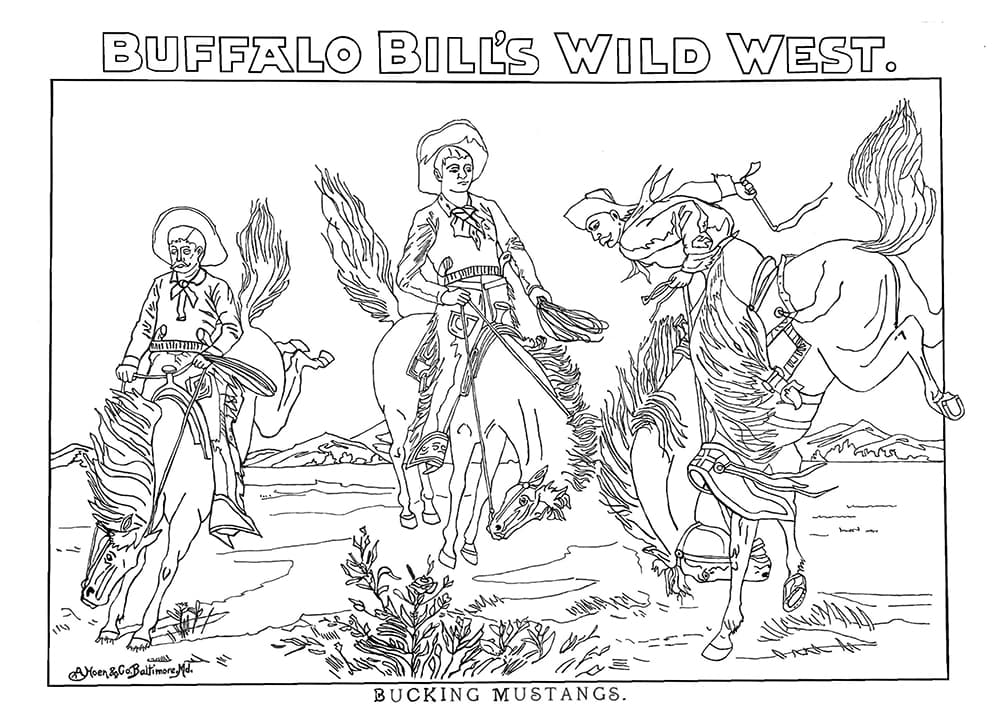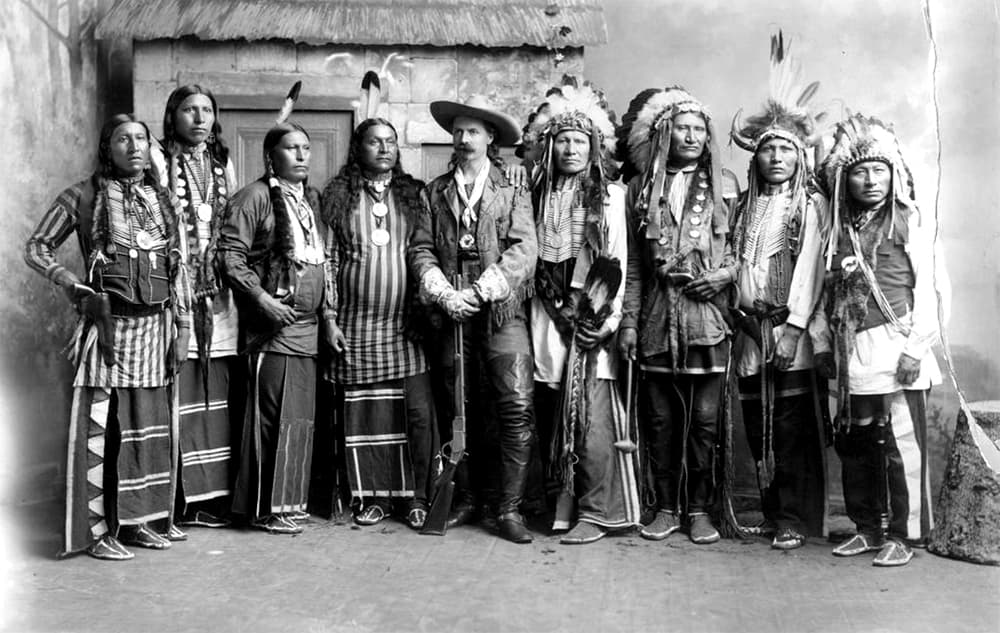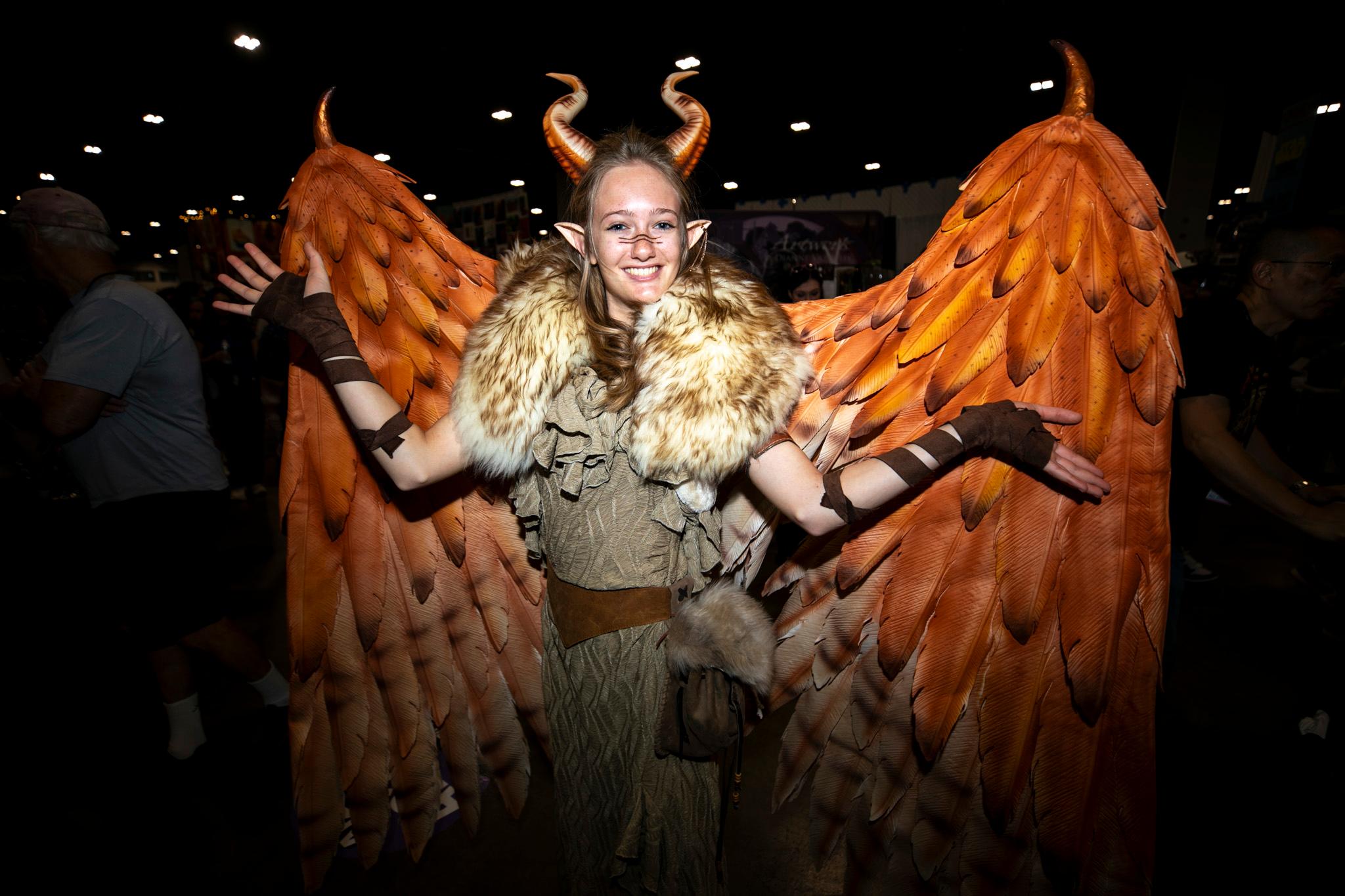
"It is the year 1901 and Buffalo Bill’s Wild West is coming to your town," reads the forward to a new adult coloring book about Colonel W.F. "Buffalo Bill" Cody. "Two weeks before the show arrives, every vacant wall in town is covered with posters for the Wild West."
This month Denver historians have revived that iconic turn-of-the-century art in glorious, colorless black outlines that are ripe for filling in. The new book by Kristen Autobee, Robert Autobee and Kellen Cutsforth, which is available on Amazon, is a fun look at western history and a time when the icons of American settlement had to reinvent themselves to survive after the wild frontier had vanished.
While you inevitably print out this page and color within the lines (or not, if that's your thing), take a moment to think about the characters on the page.

Buffalo Bill's Wild West, said co-author Cutsforth, was one of the most bombastic and well-known displays of horse wrangling and guncraft the world had ever seen. The crew of cowboys, Native Americans, even Cossacks and Chinese horsemen, toured extensively through America and Europe. They delighted royalty and commoners alike across both continents.
Buffalo Bill Cody, said Cutsforth, was “probably the most famous American in the world" at that time.
Perhaps one reason Cody's show became so successful can be attributed to the fact that his performers were actually veterans of the Indian wars and western settlement efforts. Cody himself was a scout who led pioneer families into new territory.
By the turn of the century, Cutsforth said, the frontier had closed and former enemies became colleagues playing out embellished histories on horseback. Cody, he said, saw the show as historic reenactment, a retelling of a time that had already ceased to exist.
While Cutsforth and the Autobees usually publish historical works that look more like regular books, Cutsforth says he's delighted to work outside the lines with this novel format. It's an opportunity, he said, to reach a wider audience.
"History can be fun," he said, and he hopes the artistic experience might inspire people to find out more about Buffalo Bill and western history.
In addition to writing, Cutsforth is a librarian at the Denver Public Library's Western History Center. Kristen and Robert Autobee own Red Herring Art Supply on West Colfax and are known for Lakewood and Denver local histories.












